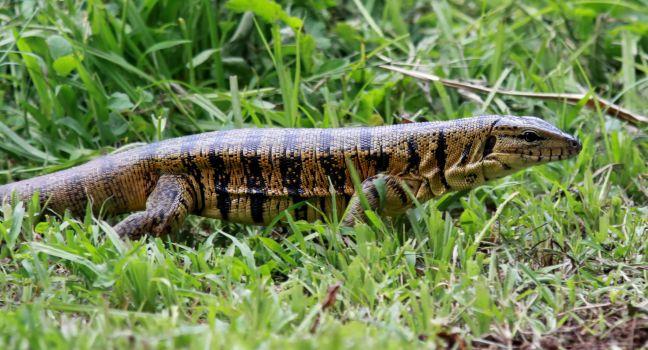Asa Wright Nature Centre

Nearly 200 acres are covered with plants, trees, and colorful flowers, and the surroundings are atwitter with more than 200 bird species—including the gorgeous blue-crowned motmot and the rare (and protected) nocturnal oilbird. Take one of the guided hikes to the oilbirds' breeding grounds in Dunston Cave. Those who don't want to hike can relax on the inn's veranda and watch birds swoop about the porch feeders. You are also more than likely to see a variety of other animal species, including agoutis (similar to large guinea pigs) and alarmingly large golden tegu lizards. This stunning plantation house looks out onto the lush, untouched Arima Valley. Visits must be booked in advance and include lunch and afternoon tea on the verandah.



